Home>Maintenance & Safety>Safety Equipment & Products>How To Childproof Kallax Doors
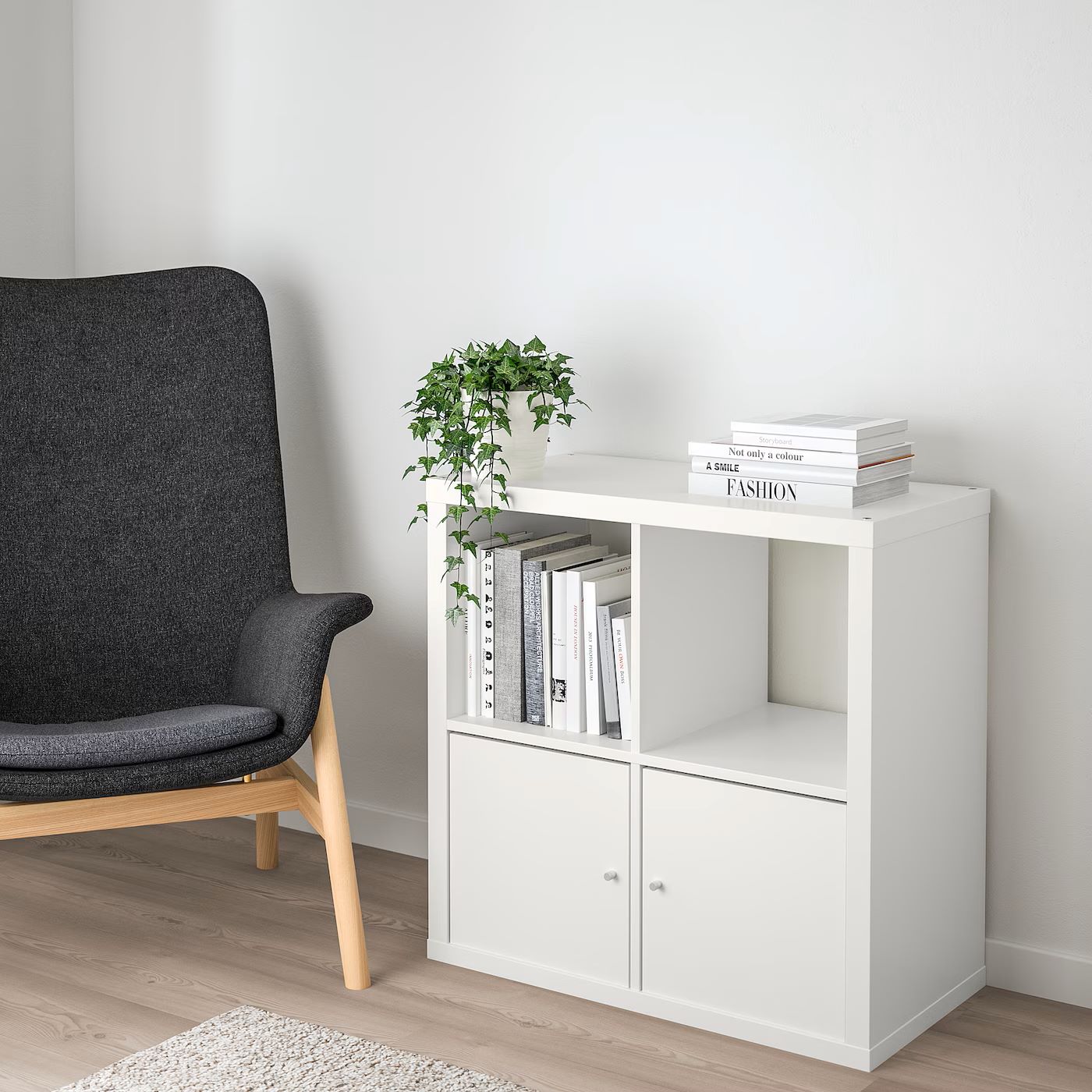

Safety Equipment & Products
How To Childproof Kallax Doors
Published: January 5, 2024
Ensure your child's safety with our range of safety equipment and products for childproofing Kallax doors. Find effective solutions to keep your little ones safe at home.
(Many of the links in this article redirect to a specific reviewed product. Your purchase of these products through affiliate links helps to generate commission for Storables.com, at no extra cost. Learn more)
Introduction
Childproofing your home is an essential aspect of ensuring the safety and well-being of your little ones. With curious minds and boundless energy, children often find themselves in precarious situations, especially around furniture and household items. The Kallax unit, a popular choice for its versatility and storage capabilities, presents unique childproofing challenges, particularly with its doors. In this comprehensive guide, we will explore the various childproofing options available for Kallax doors, empowering you to create a secure environment for your children without compromising the functionality and aesthetics of this beloved piece of furniture. Let's delve into the world of child safety and Kallax units, discovering practical solutions to keep your little explorers out of harm's way.
Key Takeaways:
- Childproofing Kallax doors is crucial to keep kids safe. Options include safety latches, soft-close hinges, door bumpers, and securing heavy units to prevent accidents and injuries.
- Caregivers should install and test childproofing devices to ensure effectiveness. Regular assessments and adjustments are necessary as children grow and behaviors change.
Read more: How To Childproof Barn Doors
Understanding the Kallax Unit
The Kallax unit, designed and produced by the renowned Swedish furniture giant IKEA, has gained widespread popularity for its sleek design and exceptional storage capabilities. This multifunctional piece is often utilized as a bookcase, room divider, or display shelf, offering a myriad of organizational possibilities for modern living spaces. With its distinctive cubed compartments and optional door inserts, the Kallax unit seamlessly combines practicality and style.
Available in various sizes and finishes, the Kallax unit is a versatile addition to any home, catering to diverse storage needs while exuding a contemporary charm. Its modular design allows for customization, enabling individuals to adapt the unit to their specific requirements, whether for storing books, toys, or household essentials. The inclusion of doors further enhances its functionality by concealing items and providing a streamlined aesthetic.
Despite its numerous benefits, the Kallax unit, particularly when equipped with doors, poses potential risks to young children. The accessibility of the compartments and the mechanisms of the doors create scenarios where little hands and inquisitive minds can encounter hazards. Therefore, comprehending the intricacies of the Kallax unit is crucial in devising effective childproofing strategies to mitigate these dangers.
By understanding the construction and features of the Kallax unit, including the materials used, dimensions, and door mechanisms, parents and caregivers can gain valuable insights into the specific areas that require attention when implementing childproofing measures. With this knowledge as our foundation, we can proceed to explore the potential hazards associated with Kallax doors and the various childproofing options available.
Identifying Potential Hazards
When it comes to childproofing the Kallax unit, it’s essential to identify the potential hazards that may arise from its design and functionality, particularly concerning the doors. Understanding these hazards is the first step in creating a secure environment for children while preserving the utility and aesthetic appeal of the unit.
One of the primary hazards associated with Kallax doors is the risk of pinched fingers. The doors, equipped with hinges and handles, can inadvertently trap a child’s fingers during opening or closing, potentially leading to painful injuries. Additionally, the weight and sturdiness of the doors pose a risk of impact injuries if a child were to pull or push the door with excessive force, causing it to swing open or shut unexpectedly.
Moreover, the contents stored within the Kallax unit can also present hazards, especially if they include small or sharp items, choking hazards, or heavy objects that may topple if the doors are opened forcefully. The accessibility of these compartments to young children heightens the importance of implementing effective childproofing measures.
Another aspect to consider is the stability of the entire unit. If not anchored or secured properly, the Kallax unit itself can pose a tipping hazard, especially if a child attempts to climb or pull on the doors for support. This risk is amplified when the unit is top-heavy or placed on uneven surfaces.
By recognizing these potential hazards, parents and caregivers can proactively address the safety concerns associated with the Kallax unit, particularly its doors. This awareness sets the stage for evaluating and selecting appropriate childproofing options to mitigate these risks effectively.
Childproofing Options
When it comes to childproofing the Kallax unit and its doors, there are several effective options to consider, each tailored to address specific hazards and safety concerns. By exploring these childproofing solutions, parents and caregivers can select the most suitable measures based on their unique requirements and the behavior of their children.
1. Safety Latches and Locks: Utilizing safety latches and locks designed for cabinets and doors is a popular and versatile childproofing solution. These devices are specifically engineered to prevent children from opening cabinet doors, including those on the Kallax unit, without adult supervision. With various types available, such as magnetic locks, adhesive latches, and sliding locks, caregivers can choose the most appropriate option based on the Kallax unit’s design and their preferences.
2. Soft-Close Hinges: Installing soft-close hinges on the Kallax doors can significantly reduce the risk of pinched fingers and impact injuries. These hinges are designed to slow down the door’s closing action, preventing it from slamming shut abruptly. By retrofitting the existing hinges with soft-close mechanisms, caregivers can enhance the safety of the Kallax unit without compromising its functionality.
3. Door Bumpers and Finger Guards: Applying door bumpers and finger guards to the edges and hinges of the Kallax doors can provide an added layer of protection against finger pinching and impact injuries. These soft and cushioned accessories act as buffers, minimizing the force of closing doors and creating a protective barrier to safeguard children from accidental injuries.
4. Securing Heavy or Top-Heavy Units: For Kallax units that are top-heavy or at risk of tipping, securing them to the wall using anti-tip straps or brackets is imperative. This measure prevents the unit from toppling over if a child attempts to climb or pull on the doors, mitigating the risk of serious accidents and injuries.
By exploring these childproofing options, parents can effectively mitigate the potential hazards associated with the Kallax unit’s doors, promoting a safe and secure environment for their children while preserving the functionality and aesthetic appeal of this versatile furniture piece.
Use magnetic locks to childproof Kallax doors. Install the lock inside the door and use a magnetic key to open it. This will prevent young children from accessing the contents inside.
Installing Childproofing Devices
Once the appropriate childproofing options have been selected for the Kallax unit, the next crucial step is the proper installation of these devices to ensure their effectiveness in safeguarding children from potential hazards. Whether it involves attaching safety latches, securing the unit to the wall, or retrofitting soft-close hinges, meticulous installation is paramount in creating a secure environment without compromising the functionality and accessibility of the Kallax unit.
1. Safety Latches and Locks: When installing safety latches and locks on the Kallax doors, it is essential to follow the manufacturer’s guidelines meticulously. Carefully clean and dry the surface before applying adhesive latches, ensuring a strong and durable bond. For screw-mounted locks, precise drilling and alignment are crucial to maintain the integrity of the doors while effectively preventing unauthorized access by children.
2. Soft-Close Hinges: Retrofitting the Kallax doors with soft-close hinges requires attention to detail and precision. Following the provided instructions, caregivers can replace the existing hinges with the soft-close mechanisms, adjusting them to achieve the optimal closing speed and smooth operation. Proper installation ensures that the doors close gently and securely, reducing the risk of pinched fingers and impact injuries.
3. Door Bumpers and Finger Guards: Installing door bumpers and finger guards involves affixing these protective accessories to the edges and hinges of the Kallax doors. Ensuring a secure and snug fit is essential to maximize their effectiveness in cushioning the impact of closing doors and preventing finger pinching. Careful placement and adherence are crucial for these devices to provide reliable protection for children.
4. Securing Heavy or Top-Heavy Units: When securing the Kallax unit to the wall using anti-tip straps or brackets, it is imperative to locate the wall studs or use appropriate anchors to ensure a strong and stable attachment. Following the manufacturer’s instructions, caregivers can anchor the unit securely, minimizing the risk of tipping and creating a safe environment, especially in homes with young and adventurous children.
By meticulously installing the selected childproofing devices, caregivers can effectively mitigate the potential hazards associated with the Kallax unit’s doors, fostering a secure and child-friendly living space while retaining the functionality and aesthetic appeal of this versatile furniture piece.
Read more: How To Childproof A Trailer Door
Testing the Childproofing Measures
After the installation of childproofing devices on the Kallax unit, it is crucial to conduct thorough testing to ensure the effectiveness of these measures in safeguarding children from potential hazards. Testing provides an opportunity to assess the functionality and reliability of the installed devices, allowing caregivers to make any necessary adjustments and address any unforeseen issues before granting children access to the unit.
1. Safety Latches and Locks: Testing the safety latches and locks involves simulating a child’s attempt to open the Kallax doors. Caregivers should verify that the devices effectively prevent the doors from being opened by applying gentle pressure and attempting to bypass the latches. Additionally, testing the locking mechanisms, if applicable, ensures that they function reliably and securely restrict access to the unit’s contents.
2. Soft-Close Hinges: Caregivers can test the soft-close hinges by opening and closing the Kallax doors, observing the controlled and gentle closing action. It is essential to confirm that the hinges consistently slow down the door’s movement, preventing abrupt slamming and minimizing the risk of pinched fingers or impact injuries. Adjustments can be made to the hinges’ tension if necessary to optimize their performance.
3. Door Bumpers and Finger Guards: Testing door bumpers and finger guards involves closing the Kallax doors to assess the effectiveness of these protective accessories in cushioning the impact and preventing finger pinching. Caregivers should ensure that the bumpers and guards remain securely in place and provide adequate cushioning without impeding the doors’ functionality. Any displacement or inadequacy should be addressed promptly.
4. Securing Heavy or Top-Heavy Units: Verifying the stability of the secured Kallax unit entails applying gentle pressure to assess its resistance to tipping. Caregivers should confirm that the anti-tip straps or brackets effectively anchor the unit to the wall, preventing it from tipping forward or toppling over. This testing is crucial, especially in homes with young children prone to climbing or exerting force on the furniture.
Through comprehensive testing, caregivers can gain confidence in the reliability of the childproofing measures implemented on the Kallax unit, ensuring a secure environment for children while maintaining the unit’s functionality and aesthetic appeal. Any identified issues or inadequacies can be promptly addressed, guaranteeing the effectiveness of the childproofing measures in mitigating potential hazards.
Conclusion
Childproofing the Kallax unit’s doors is a vital step in creating a safe and secure environment for children while preserving the functionality and allure of this versatile piece of furniture. By understanding the potential hazards associated with the Kallax doors and exploring the diverse childproofing options available, caregivers can proactively address safety concerns and mitigate risks effectively.
Through the installation of safety latches and locks, soft-close hinges, door bumpers, finger guards, and securing measures, caregivers can tailor their approach to childproofing based on the specific features and layout of the Kallax unit, as well as the behavior and tendencies of their children. Meticulous installation and comprehensive testing ensure the reliability and effectiveness of these childproofing measures, providing peace of mind and a secure living space for families with young children.
It is essential to recognize that childproofing is an ongoing process, requiring regular assessments and adjustments as children grow and their behaviors evolve. Caregivers should remain vigilant and observant, continuously evaluating the efficacy of the implemented childproofing measures and making necessary modifications to address any emerging risks or safety concerns.
Ultimately, childproofing the Kallax unit’s doors is a proactive and essential endeavor that prioritizes the well-being and safety of children within the home. By combining awareness, thoughtful selection of childproofing options, meticulous installation, and thorough testing, caregivers can create a secure environment where children can explore, play, and thrive without unnecessary risks or hazards.
With a steadfast commitment to child safety and a proactive approach to childproofing, families can enjoy the functional and aesthetic benefits of the Kallax unit while fostering a secure and nurturing space for their little ones to grow and flourish.
Frequently Asked Questions about How To Childproof Kallax Doors
Was this page helpful?
At Storables.com, we guarantee accurate and reliable information. Our content, validated by Expert Board Contributors, is crafted following stringent Editorial Policies. We're committed to providing you with well-researched, expert-backed insights for all your informational needs.
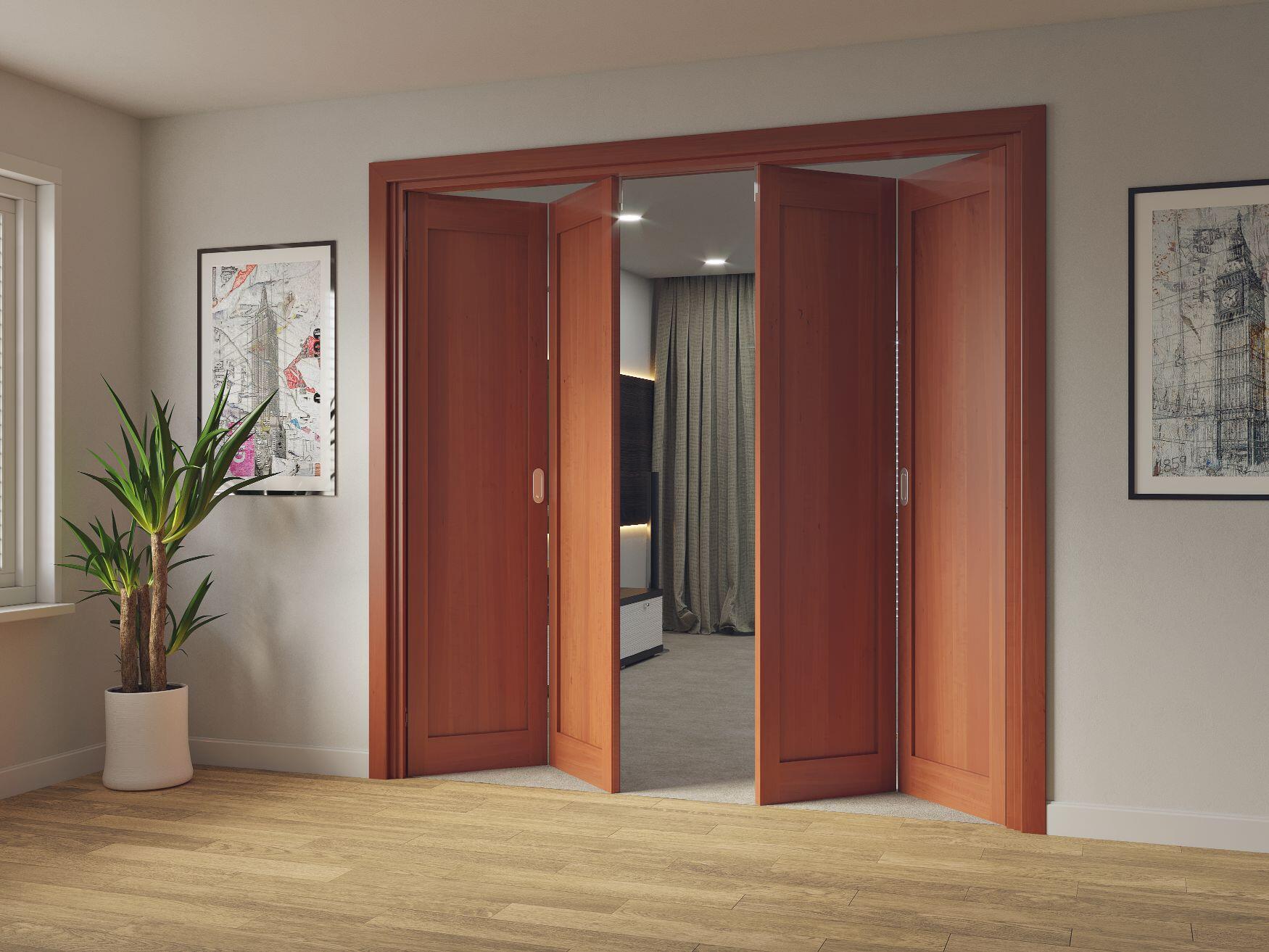
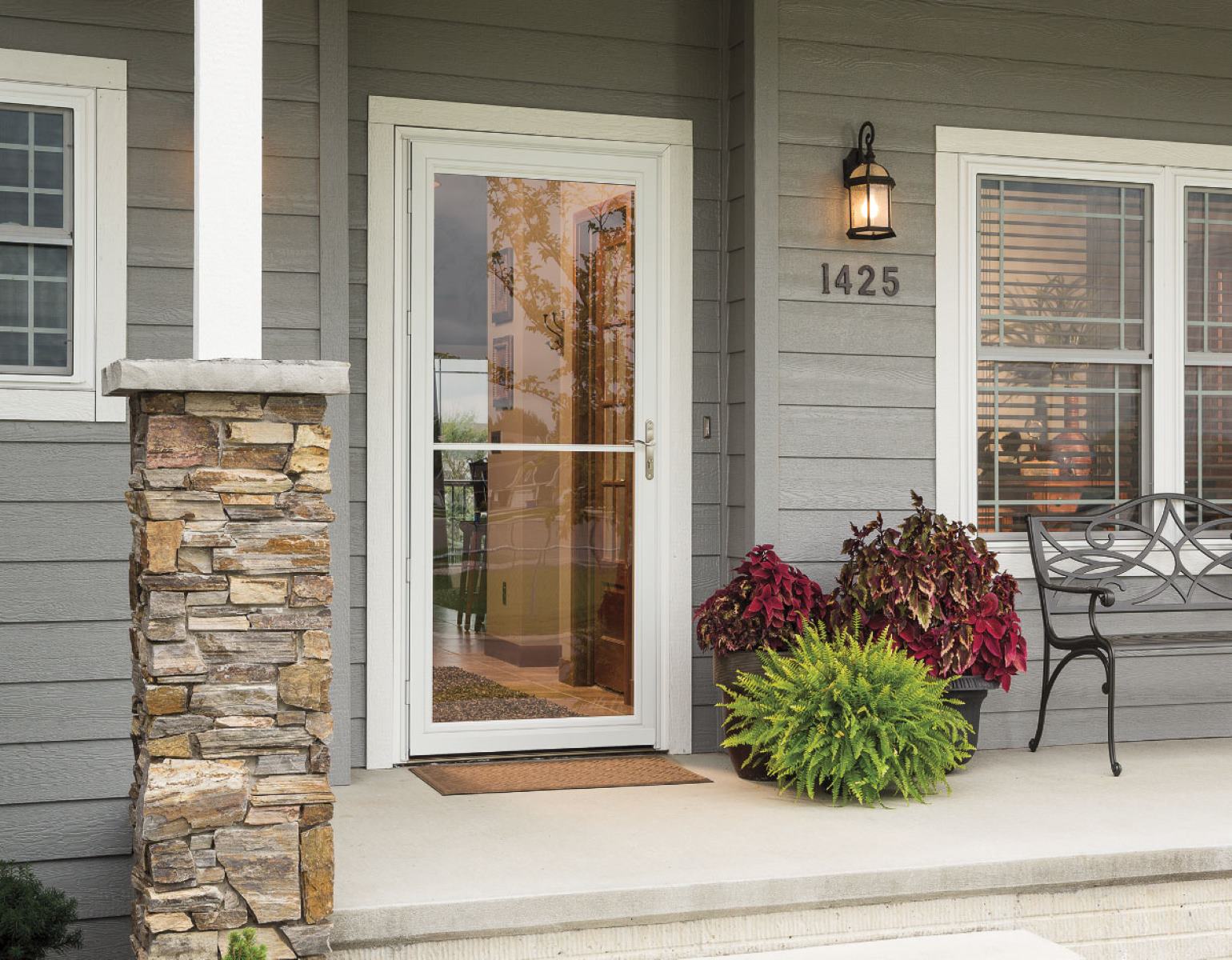
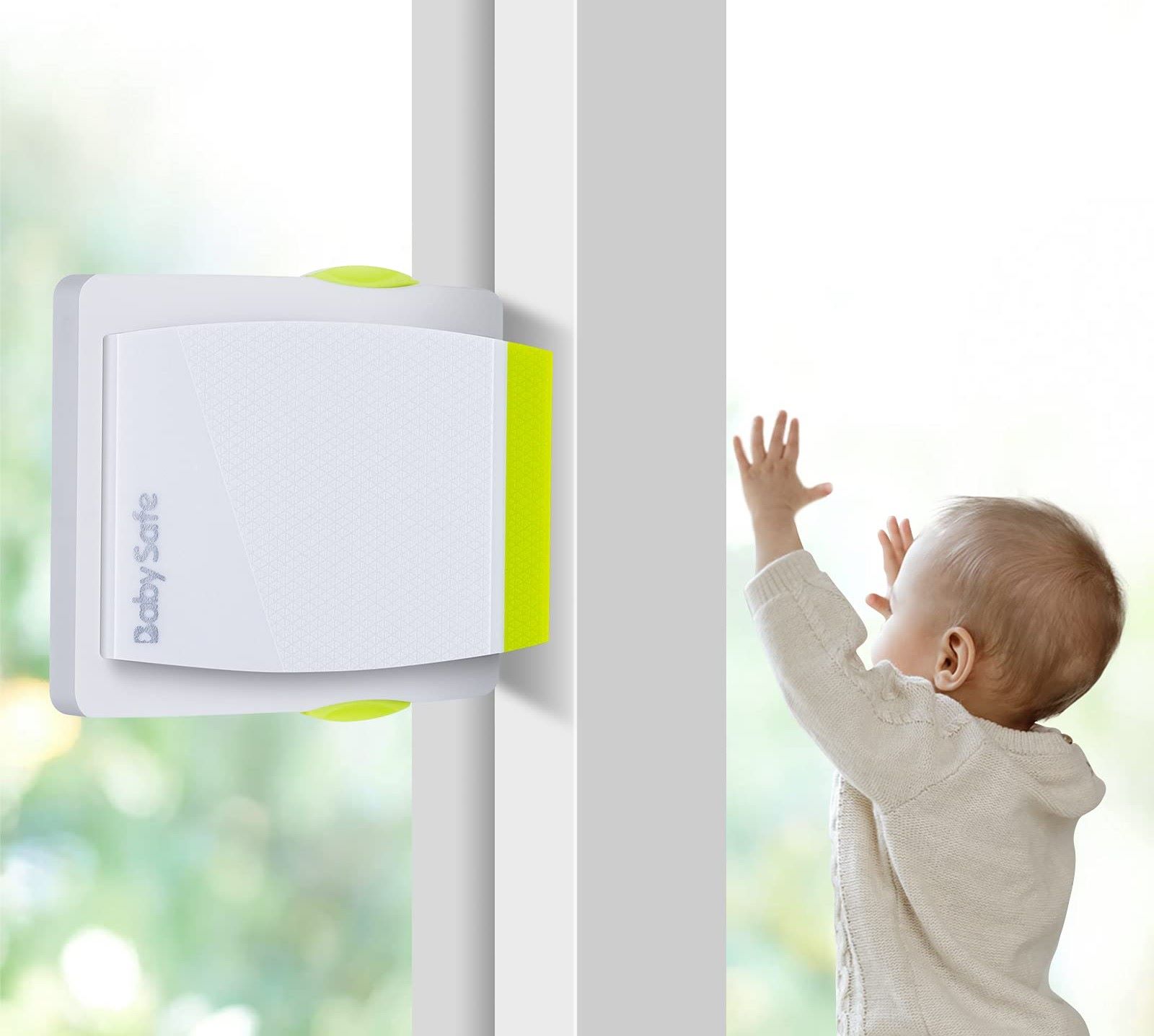
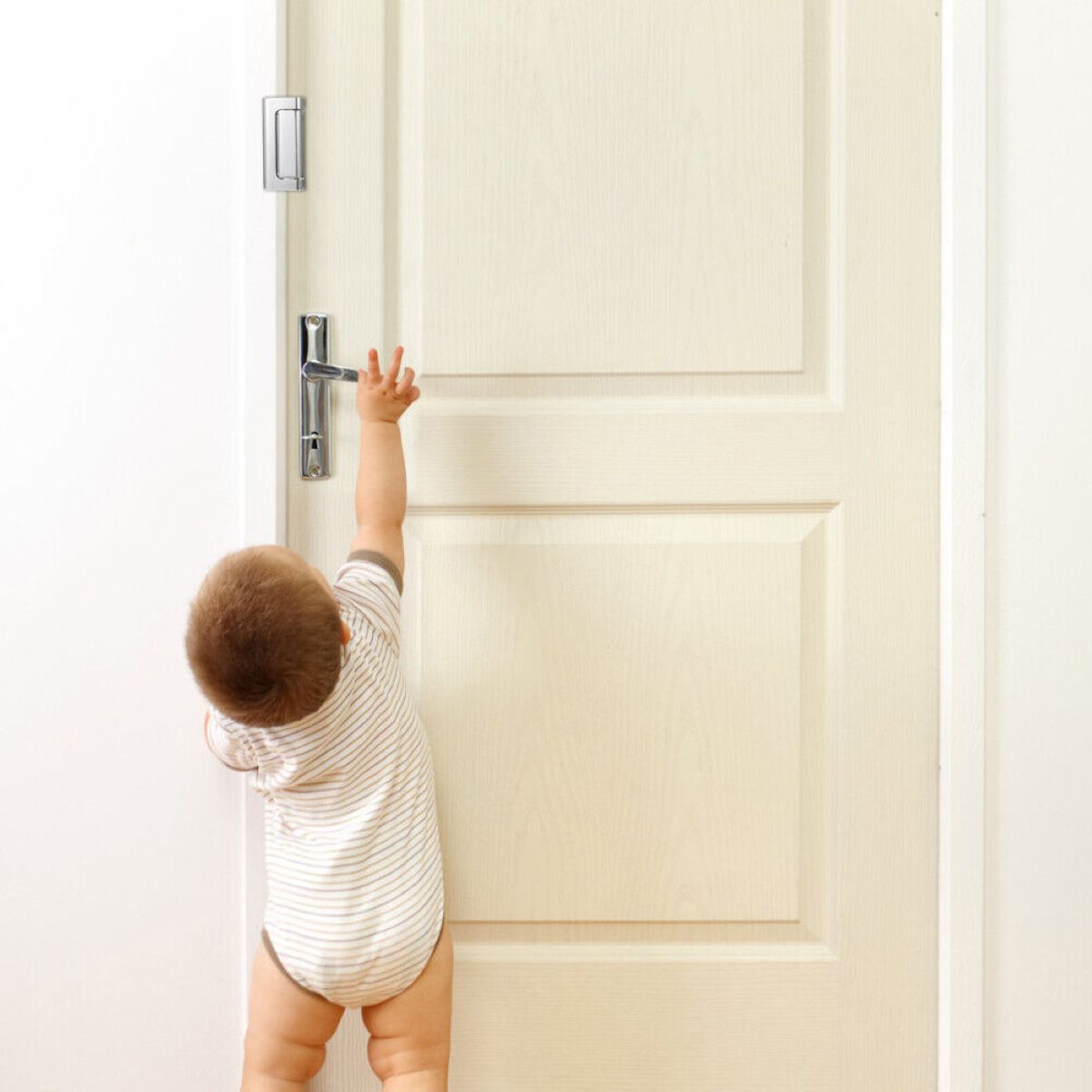
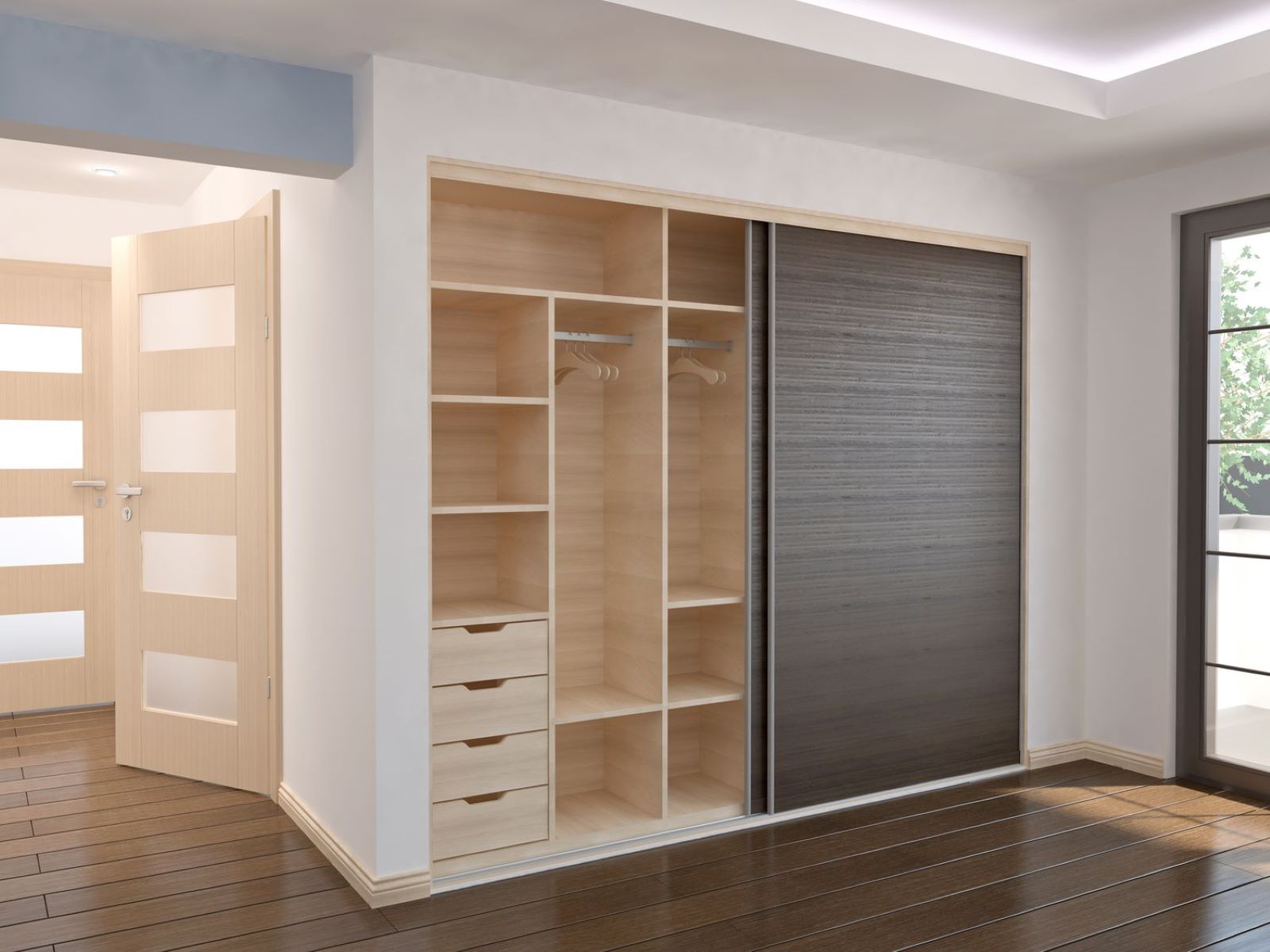

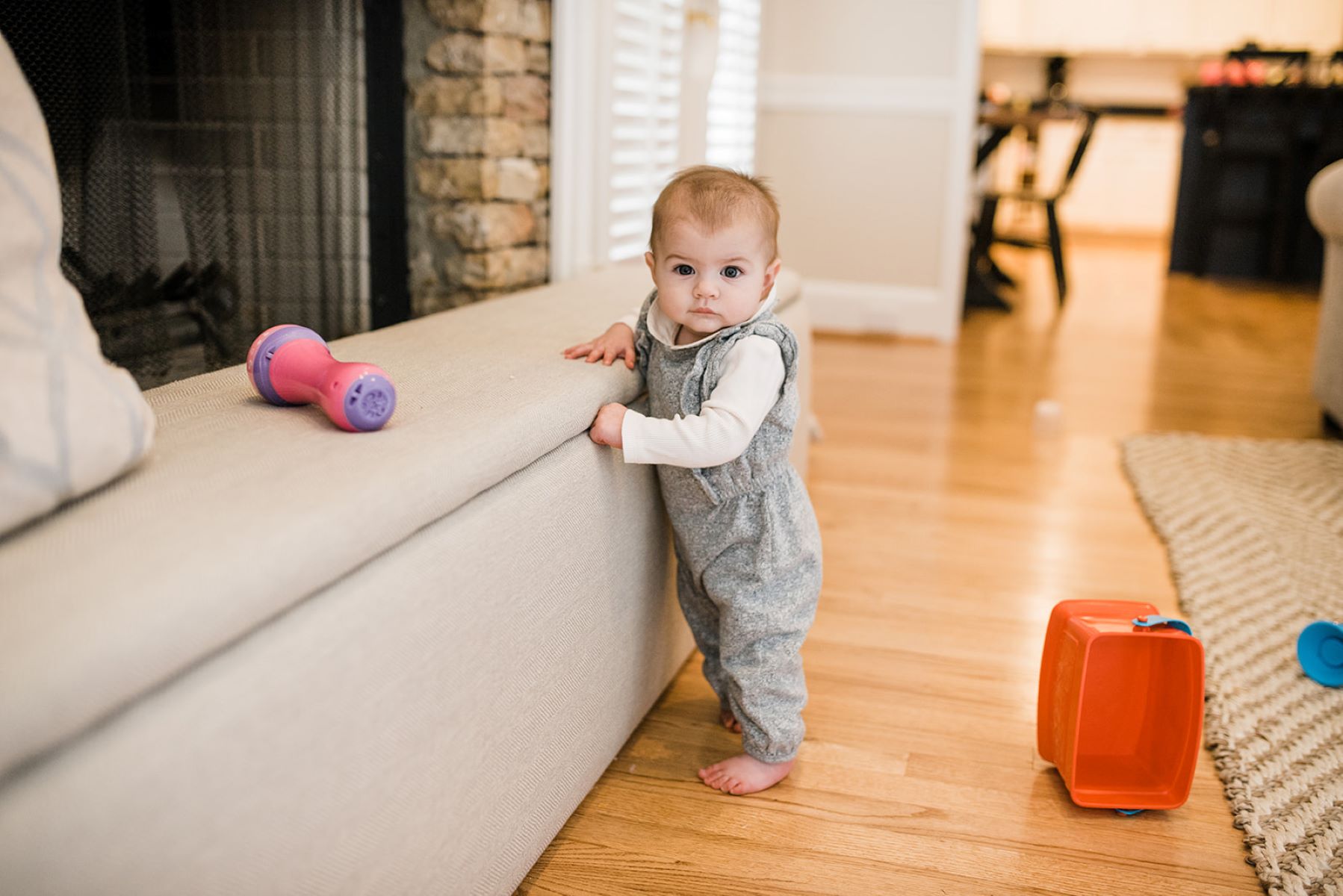

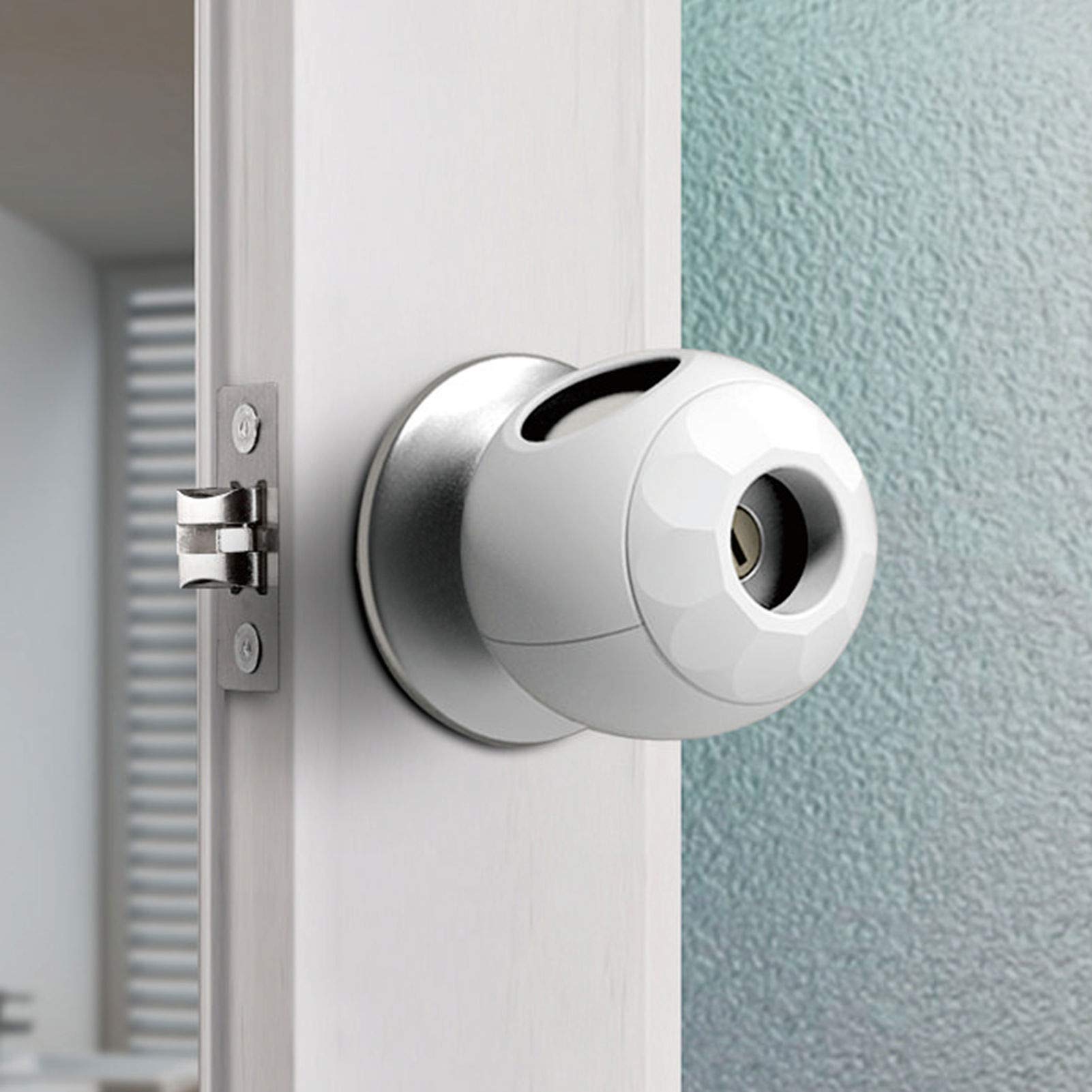
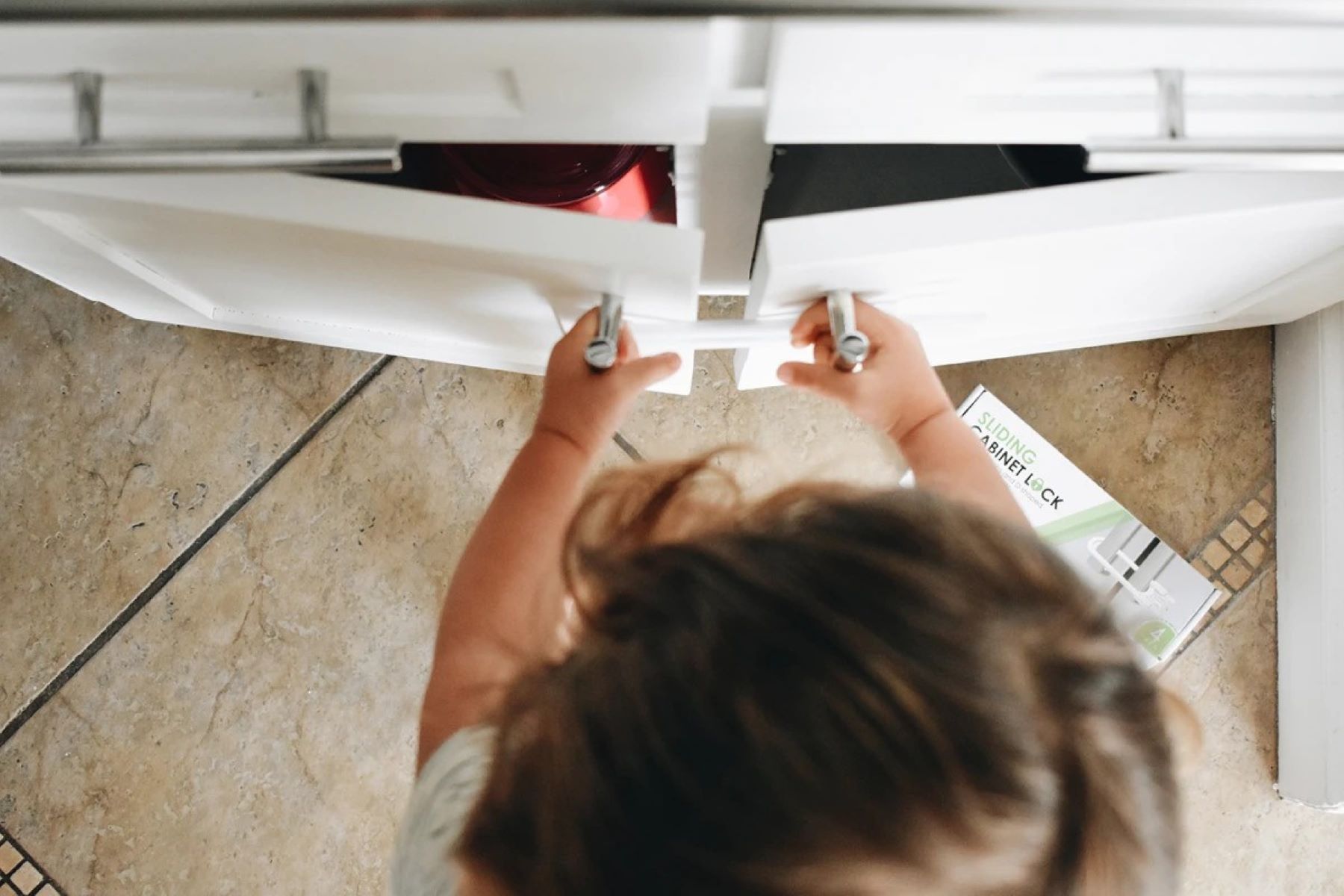
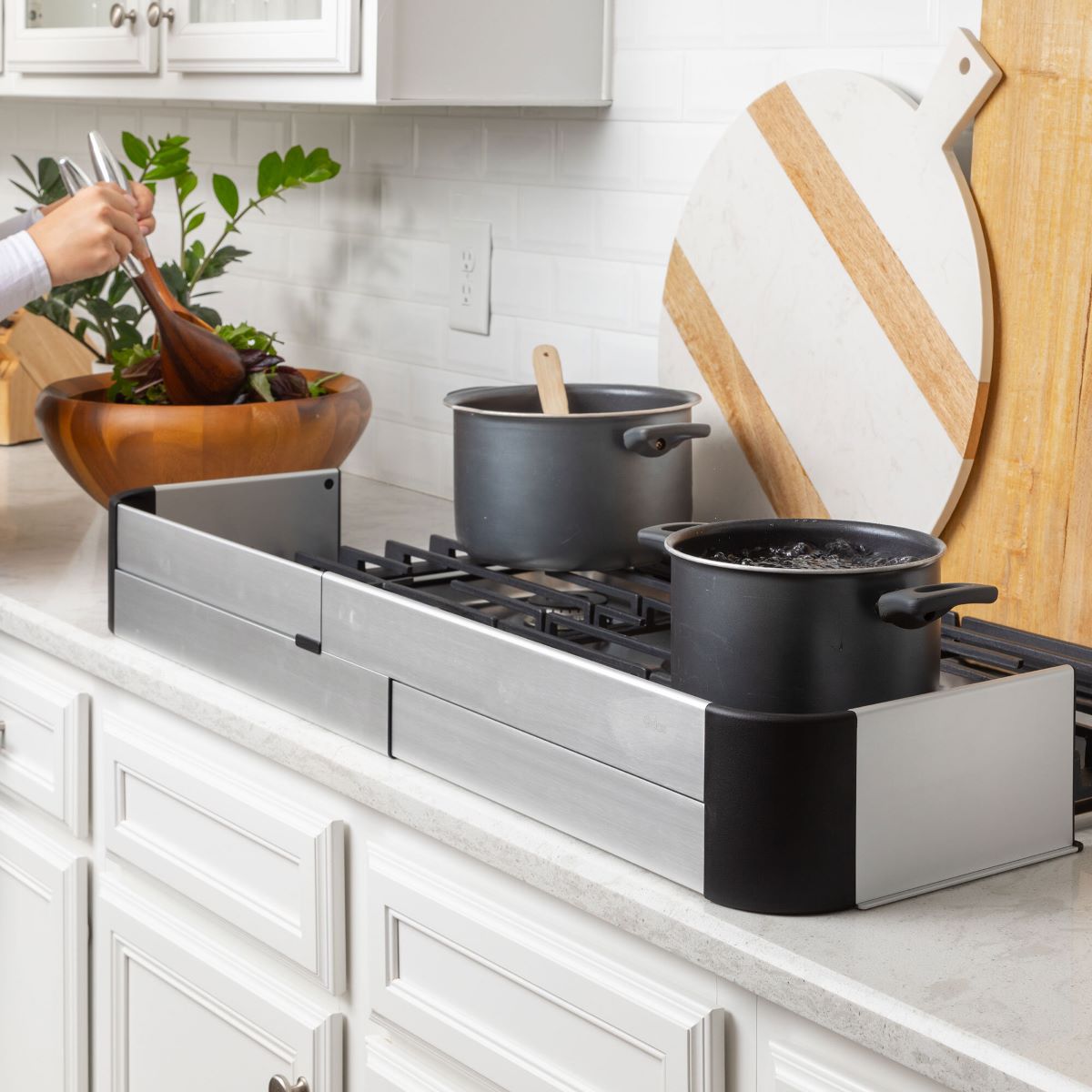

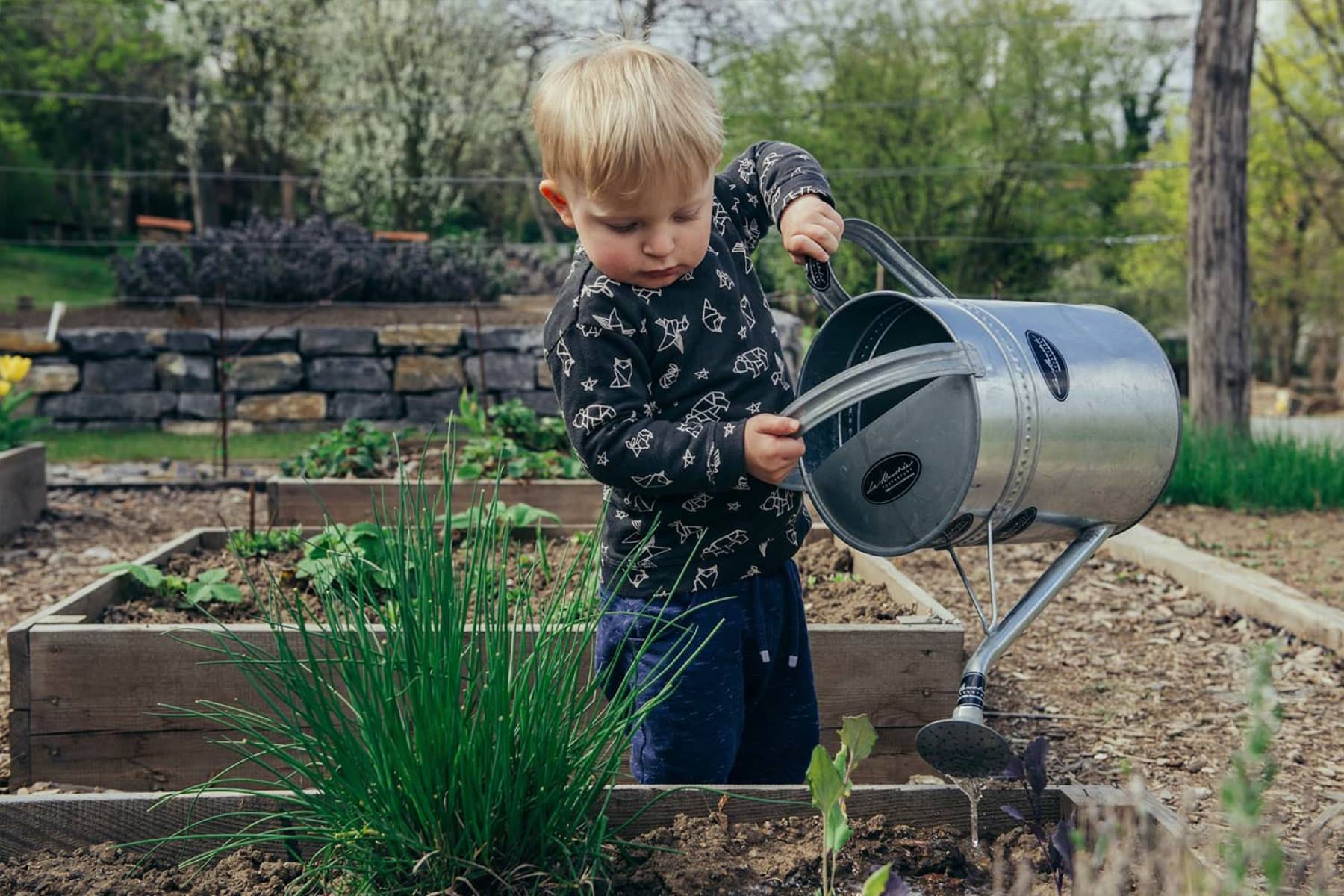

0 thoughts on “How To Childproof Kallax Doors”